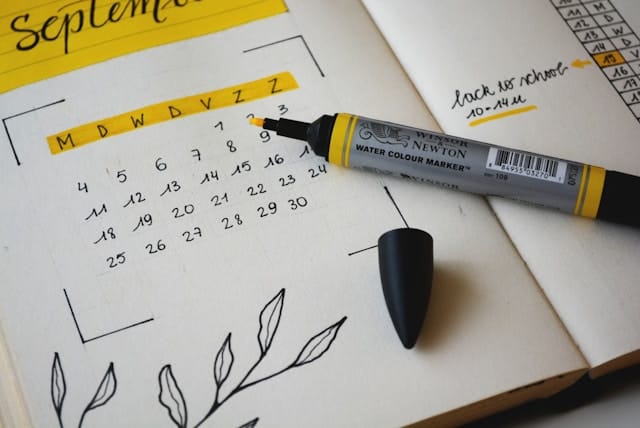The 30-Day, Low Delta Covered Call Strategy: Balancing Probability and Profit

Let's explore a popular approach that involves selling covered calls with 30 days to expiration and a delta of approximately 0.2. This strategy aims to balance the potential for profit with a high win rate.
Understanding the Strategy:
- Time Frame: 30 days to expiration
- Option Delta: Approximately 0.2
What is Delta?
Before we dive in, let's quickly review delta:
- Delta is a measure of the rate of change in an option's price relative to the change in the underlying stock's price.
- Delta ranges from 0 to 1 for calls (0 to -1 for puts).
- A delta of 0.2 means the option price is expected to change by $0.20 for every $1 move in the stock price.
The Strategy in Action:
- Choose a stock you own (at least 100 shares).
- Look for call options expiring in about 30 days.
- Select an option with a delta close to 0.2.
- Sell (write) this call option against your shares.
Win Rate and Probability:
The beauty of this strategy lies in its high probability of success. Here's why:
- Delta as a Probability Indicator:
- Option delta is often interpreted as the probability of the option expiring in-the-money.
- A delta of 0.2 suggests the market believes there's roughly a 20% chance the option will be in-the-money at expiration.
- Conversely, this implies an 80% probability that the option will expire out-of-the-money.
- Win Rate:
- With an 80% probability of the option expiring worthless, your "win rate" (keeping the premium and your shares) is approximately 80%.
- This high win rate makes the strategy appealing for consistent income generation.
- The 30-Day Sweet Spot:
- 30 days balances time decay (theta) and premium received.
- Options lose value more rapidly in their final month, working in the seller's favor.
Potential Outcomes:
- Stock Price Stays Flat or Decreases (Most common, ~80% probability):
- The option expires worthless.
- You keep the premium and your shares.
- Stock Price Increases Moderately:
- The option may still expire worthless if it doesn't surpass the strike price.
- You keep the premium, shares, and benefit from some stock appreciation.
- Stock Price Increases Significantly (Least common, ~20% probability):
- The option may be exercised.
- You sell your shares at the strike price, keeping the premium plus stock gains up to the strike.
Considerations:
- Lower Premium: The high probability comes at the cost of lower premiums compared to higher delta options.
- Repeated Success: While each individual trade has an 80% win rate, consistent application can lead to steady income over time.
- Missed Upside: In cases of significant price increases, your gains are capped.
Conclusion:
The 30-day, 0.2 delta covered call strategy offers a high probability of success, making it attractive for investors seeking consistent income with managed risk. However, it's important to remember that high win rates come with smaller individual gains. As always, consider your overall investment goals and risk tolerance when implementing any options strategy.
Photo by Estée Janssens on Unsplash